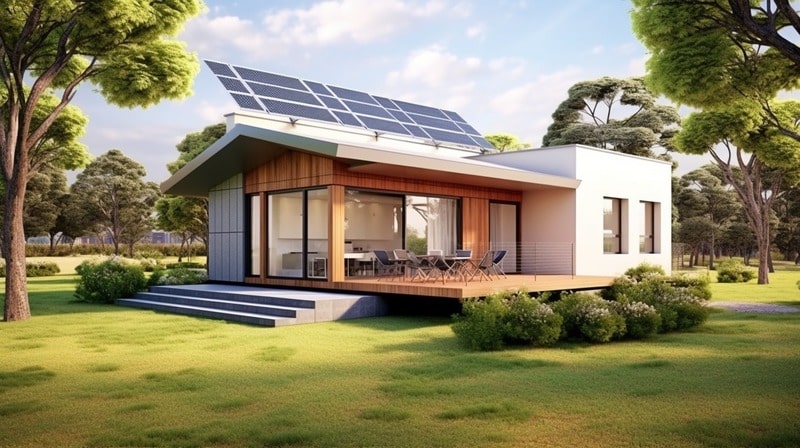As the world grapples with the pressing issue of climate change, the shift towards renewable energy has never been more critical. Australia, blessed with abundant sunlight, wind, and water, is at the forefront of this transformation. This article provides an in-depth overview of renewable energy options available to Australian households, including solar power, wind energy, and hydroelectric power.
Understanding Renewable Energy
Renewable energy is derived from resources that naturally replenish, such as sunlight, wind, and water. Unlike fossil fuels, these resources are virtually inexhaustible, making them a sustainable choice for long-term energy generation. The three primary types of renewable energy available to Australian households are solar power, wind energy, and hydroelectric power.
Solar power involves the conversion of sunlight into electricity, either directly using photovoltaics (PV) or indirectly through concentrated solar power. Given Australia’s abundant sunshine, many households have adopted solar energy due to its accessibility and efficiency.
Wind energy is generated by harnessing the power of wind to turn turbines and produce electricity. While it requires specific environmental conditions and suitable locations to be optimal, it’s an effective renewable energy source when these conditions are met.
Hydroelectric power involves converting the energy of flowing or falling water into electricity. While it requires significant infrastructure and is often more common in large-scale projects, some scaled-down residential solutions do exist.
State Regulations and Options
Each Australian state has different regulations, incentives, and options when it comes to renewable energy. For instance, Queensland offers numerous incentives for households adopting solar power, such as the Solar Bonus Scheme, which provides financial benefits for excess solar energy.
In New South Wales, there are several grants and rebates available to households that install renewable energy systems, including the Empowering Homes Program. Victoria encourages renewable energy through its Solar Homes program, offering rebates for solar panels, batteries, and hot water systems. Western Australia rewards households for exporting renewable energy back to the grid through the Distributed Energy Buyback Scheme.
Renewable Power Availability From Electricity Retailers
Many electricity retailers in Australia now offer ‘green’ energy plans, sourced significantly or entirely from renewable energy. These plans not only provide an eco-friendly option but also often come with benefits like buyback schemes for surplus power generated.
Environmental Benefits of Renewable Energy
Utilising renewable energy comes with substantial environmental benefits. Unlike fossil fuels, renewable energy sources don’t emit harmful greenhouse gases. They also have the advantage of being virtually inexhaustible, making them a sustainable choice for the long term.
Getting Solar and Batteries Installed
Installing solar panels and batteries is a fantastic way to harness renewable energy at home. Although the upfront costs can be high, they can be offset with government incentives, long-term savings on energy bills, and selling surplus power back to the grid.
Costs and Government Subsidies
The government offers various incentives to reduce the cost of installing renewable energy solutions. These incentives can significantly offset the initial investment in renewable energy infrastructure, making it a more affordable option for many households.
Frequently Asked Questions (FAQs)
What are the 5 main types of renewable energy? The five main types of renewable energy are solar power, wind energy, hydroelectric power, biomass, and geothermal energy.
What is renewable energy and why is it important? Renewable energy is derived from natural resources that naturally replenish, such as sunlight, wind, and water. It’s important because it provides a sustainable and environmentally friendly alternative to fossil fuels, which are finite and contribute to climate change.
What are the 7 main sources of renewable energy? The seven main sources of renewable energy are solar power, wind energy, hydroelectric power, biomass, geothermal energy, tidal energy, and wave energy.
How do you explain renewable resources? Renewable resources are natural resources that can replenish themselves over time, even after being consumed. They are often considered infinite in terms of their long-term sustainability.
Choosing renewable energy for your home is a significant step towards sustainability. By understanding the various options and their benefits, you can make an informed decision that suits your needs and contributes to a greener future.


Leave a Reply